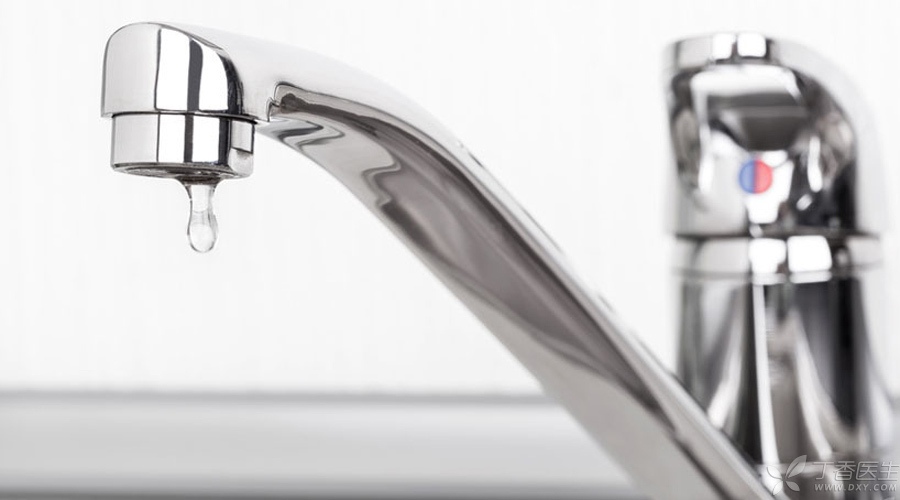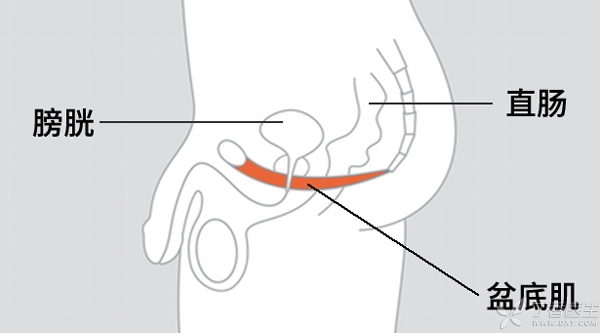
I believe many readers have heard of [Kegel Exercise], especially female readers, because this exercise not only has significant effect on urinary incontinence, but also can improve vaginal relaxation.
Seeing that many male readers here may have to quit the article. Don’t worry!
Kegel’s movement is useful not only for women but also for men.
What is the use of Kegel sports for men?
First of all, let’s understand the physiological structure of men-pelvic floor muscle, also known as PC muscle.
▼

From the above figure, we can see that pelvic floor muscles play a supporting role in bladder and rectum. Abnormal pelvic floor muscle function can cause endless urination and even incontinence.
For people with endless urination or incontinence, Kegel is a good way to exercise at home.
In addition, Kegel exercise can also improve sexual ability.
Three Key Issues of Kegel Movement
1. Where is [pelvic floor muscle]?
To exercise pelvic floor muscle, we first need to know where it is, three words-to feel it.
Imagine how we interrupt the spouting urine when urinating. The muscle that exerts force when interrupting urination is the pelvic floor muscle.
In addition, contracting the anus to avoid exhaust can also help us feel the existence of pelvic floor muscles.
2. How do you exercise?
Shrink, relax, shrink, relax…
At the beginning, you can try to contract pelvic floor muscles for 5 seconds, then relax for 5 seconds. After proficiency, you can extend the contraction and relaxation time to 10 seconds.
It is recommended that 3 ~ 8 groups should be contracted and relaxed 10 ~ 15 times per day for more than 8 weeks.
3. Where do you exercise?
You can exercise on any occasion.
For beginners, it will be easier to lie flat, and the pressure on the pelvic floor muscles will be less than when standing. After proficiency, you can quietly train whether in bed or walking.
Three Points to Pay Attention to
STEP 1 Concentrate
During exercise, attention should be focused on pelvic floor muscles, and abdominal, thigh and hip muscles should not be contracted at the same time.
Step 2 Breathe freely
For the best effect, do not hold your breath during exercise, but breathe according to the daily rhythm.
3. Don’t exercise by interrupting urination
Long-term exercise by interrupting urination may lead to incomplete emptying of urine and increase the risk of urinary tract infection.
